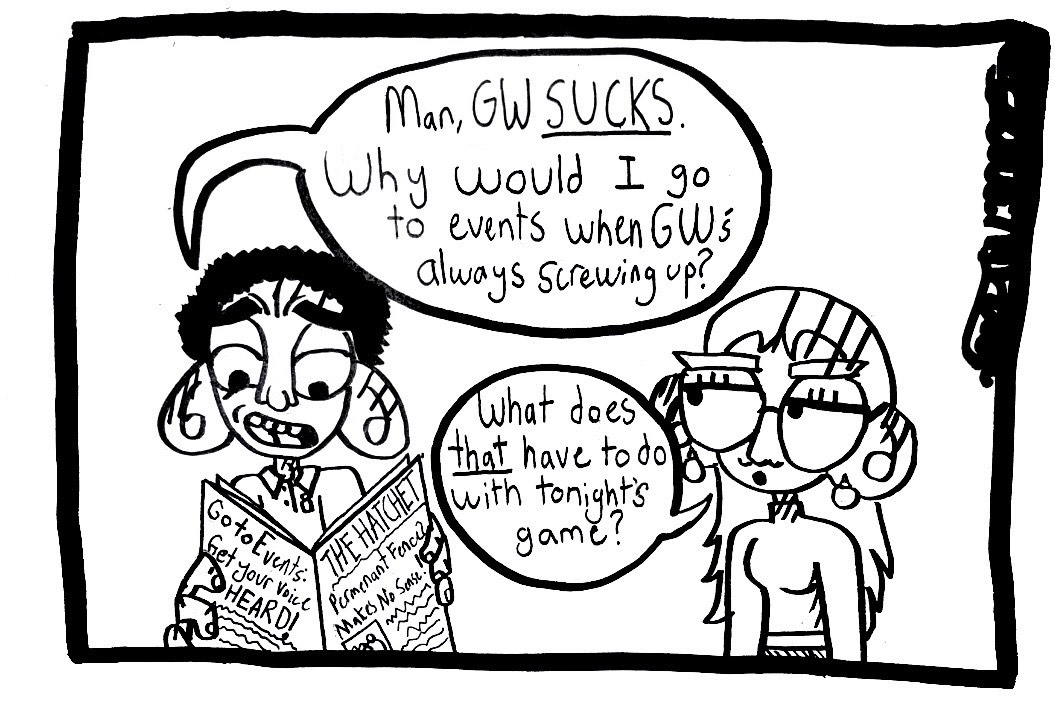At the Chinese Row Year, a festival held in Spain this summer, people donned yellowface as though it was normal. That festival foreshadowed the inevitable racial and cultural insults that Halloween would bring, as people don yellowface as though being another culture for the holiday is somehow acceptable.
Halloween has created an environment where people may assume it is OK to dress up in outfits that are disrespectful to other cultures and races, from portrayals of Mexicans and Buddhist monks to college parties turning away nonwhite students. College students have also worn yellowface as a costume, suggesting that being a person of color is abnormal and giving people an excuse to adopt a racial or ethnic identity other than their own.
Thought and consideration of other cultures is the bare minimum in piecing together a Halloween outfit. This Halloween, think twice before throwing quirky chopsticks in your hair – partly because no one actually does this – or donning a cheongsam, a traditional Chinese dress.
Yellowface often involves painting faces and exaggerating facial features stereotypically deemed to be East Asian among prejudiced Westerners. Wearing yellowface has a long history in Hollywood, which persists to this day and will continue so long as people ignore the harms and racial implications of the makeup. Just as it has been so vitally important to condemn blackface, it is equally important to condemn yellowface.
Public figures like Canadian Prime Minister Justin Trudeau and Virginia Gov. Ralph Northam have been rightfully condemned for wearing blackface in photographs. But I have also witnessed too many occurrences of yellowface and East Asian appropriation that have been repeatedly overlooked by non-Asian communities. For example, “The Nutcracker” includes yellowface in its second act, but it is dismissed as an inalienable artistic tradition.
Adopting a culture as a costume exemplifies the narrative that white people should educate and civilize foreigners. Costumes that impersonate another race show that anything that differs from that norm is immediately somehow other and worthy of ogling, attracting and fascination. This racist narrative establishes white as the frame of reference for what is normal and what is not normal. As such, white people are able to adopt a costume that is unusual for entertainment. Doing so is not OK, and students should refrain from doing so – as should everyone else.
Attempting to portray yourself as Asian is as harmful as it is offensive, and the act reinforces an age-old racist trope – even more so at Halloween. Universities are meant to be environments that encourage cultural diversity and appreciation, but cultural appropriation commodifies and cheapens other cultures.
Avoiding yellowface and other stereotypical features does not preclude you from dressing up as your favorite Disney princess – I get it, everyone wants to be Mulan. But avoid the nondescript label of an East Asian individual by rooting your costume in a character and rendering it recognizable. I cannot speak for all people of color, but personally, distinction should be made between character and culture. Culture is a space that many people inhabit every day and cannot and should not fall under fantasy.
If you have ever been guilty on Halloweens past of portraying a culture or nationality that is not your own, acknowledge your mistake and do better. As you rifle through the thrift store racks on the hunt for this year’s showstopper, maybe think a little bit longer before committing to something questionable – and hold the face paint.
Yasmin Underwood, a junior majoring in international affairs, is an opinions writer


